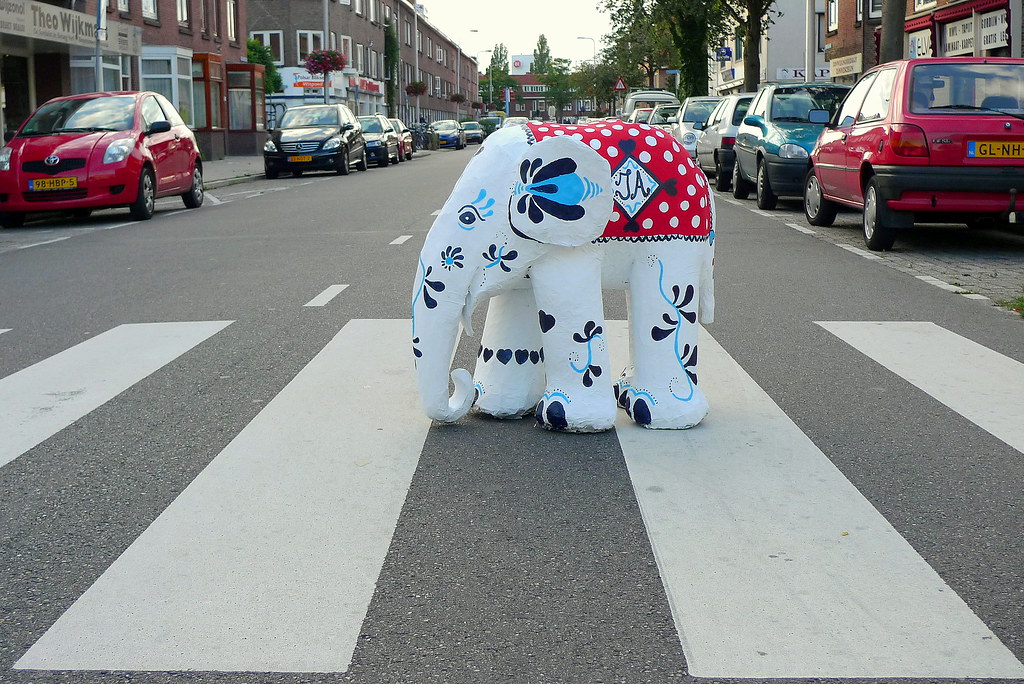A bridal is a significant occasion in Central Asia that reflects the region’s nomadic past and is typically accompanied by sizable celebrations. While some customs were outlawed during the 60 to 70 decades of Soviet/russian law, others are still practiced today.
For instance, brides in Kyrgyzstan frequently live with their fresh in-laws for months, maybe perhaps times, prior to the wedding ceremony. She will receive advice on how to be a good family during this time from her female family members. In the past, they will also perform tracks to strengthen the relationship. This time period is referred to as Kazakh » Salom Beru » or » Kelin Salam ». During this time, the bride dons a standard dress and shroud. She may formally welcome friends by making slings. She may even receive a light shawl, which stands for purity.
The couple’s female relatives will also receive items from the bridegroom. In some areas of the nation, he does even give her family cluster a dowry. 90 % of all wedding ceremonies in Turkmenistan involve paying this « bride’s price, » which may contain horses, cattle, funds, stitching, and dresses. This practice was outlawed during the Soviet time but is now back in vogue. Both individuals does become joined at the real bridal specific occurrence by their friends and neighbors. The invitee listing, which is typically lengthy, reflects the social standing of the locals.
Both individuals likely get ready for a sizable supper before the actual ceremony ceremony. After that, the bridegroom does engage in a tradition known as « uncovering the face. » This entails shooting an arrow three periods into a hole in the house’s sky. The dart narrowly misses the woman’s scalp on the first two seeks. The fourth dart strikes her in the back. She will then be allowed to see after undoing the towel that was covering her face. This serves as a symbol of her consent to the union.
The bride is driven to her new residence by her adult in-laws on the marriage morning. She will be greeted in the middle of the room behind a curtain (koshogo ). After that, she’ll hide from her new husband’s male family in this place for a few days. She https://asiansbrides.com/mongolian-brides/ does been given more bright scarves by the household during this time. Additionally, she likely get her hair combed and be blessed by the female family members.
She likely become led to her novel bedroom after the marriage. A sleep canopy and embroidered cushions have usually been used to decorate the home. The partners will then receive invitations to events that their fresh in-laws are hosting. The pair may be served a variety of foods at these gatherings, such as traditional rice dishes and chicken soup. Additionally, they will be required to break flatbreads in front of their visitors.
Some areas of central Asia also engage in a process of non-consensual wife abduction known as « marriage by abduction. » The son either decides to get married and asks his parents to pick his wife, or his family tells him that she has been chosen for her kid. This discipline is most popular amongst the Kazakhs, Uzbeks and Karakalpaks, an automatic region in southern Uzbekistan.

